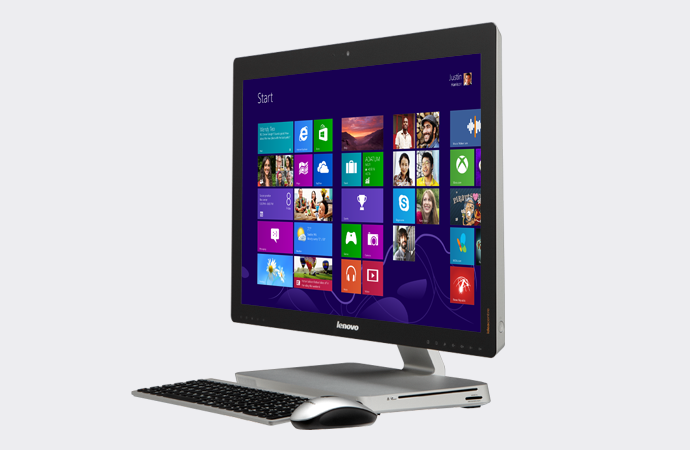Microsoft Calls Code Blue, Plans to Update Windows 8
Code Blue! Code Blue!
After the release of its latest operating system, Windows 8, in October, Microsoft claimed that more than 60 million licenses were sold in 2012. Since then, they say, that number has nearly doubled.
And yet many are not fans of the new layout. The Verge reviewed the OS as a “gamble on a touch-based future” and called it the “single riskiest project that Microsoft has ever embarked upon.”
“If you use Windows 8 on a desktop PC with a keyboard and mouse it can feel awkward at times, frustrating at others, and confusing,” reviewer Tom Warren wrote. “If you get past the initial training required it starts to make a lot of sense, but the risk of alienating users and creating another Vista-like perception catastrophe is great.”
And we all remember the spectacular disaster that was Windows Vista in 2007.
Windows 8 is beautiful, it’s true—I’m using it on my laptop as I write this, and it’s by far the fastest and most sleek operating system that Microsoft has ever given its user audience. However, as its tagline promises, it is “Windows reimagined,” and the learning curve is steep for even the most tech-savvy converts.
Hence the introduction of “Windows Blue,” not a paint color but a software update that will reimagine Windows 8 for the everyday user.
Windows’ marketing and financial chief Tami Reller admitted that the learning curve is “definitely real,” and said that Blue will change “key aspects” of the software design.
The Financial Times called her statement “one of the most prominent admissions of failure for a new mass-market consumer product since Coca-Cola’s New Coke fiasco nearly 30 years ago.”
Details about Blue will be officially revealed at Microsoft’s June developer conference in San Francisco, and the product should be on the market by October—no word on exact date or cost, though.
And while Windows 8 has caused PC sales to drop by the largest margin in Microsoft history, smartphones and tablets running the new OS are more popular than ever. For good reason; Windows 8 was very clearly designed with touch screens in mind.
Window’s “Surface” tablet currently holds less than 1% of the tablet market, but Microsoft hopes that with a more compatible and friendly user interface, those sales will soar. And maybe they’re right: while not strictly intuitive, Windows 8 offers a pleasantly kinetic interaction and customization that Apple and Android products lack.
“Windows 8 was a failure of timing, not of design,” said Robert Rutherford, managing director of IT company QuoStar Solutions. “Microsoft has set itself up in 2013 as a source of creativity and innovation, the problem is that the new vibe doesn’t yet gel with what users know and expect from the brand.
“The time for these innovations will come,” he added. “It’s important that Microsoft keeps doing what it’s doing to provide a challenge to Apple’s creative dominance.”










































